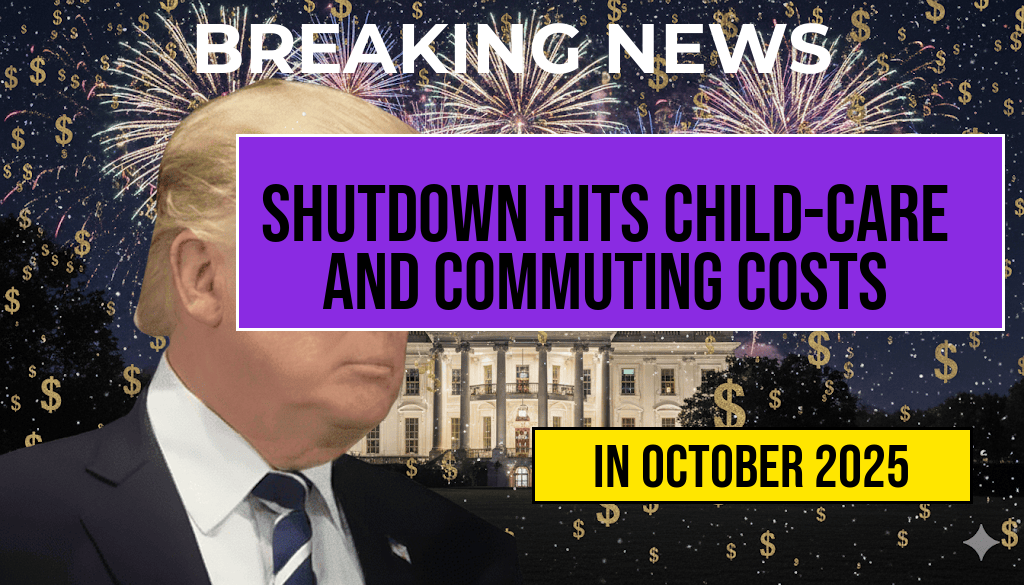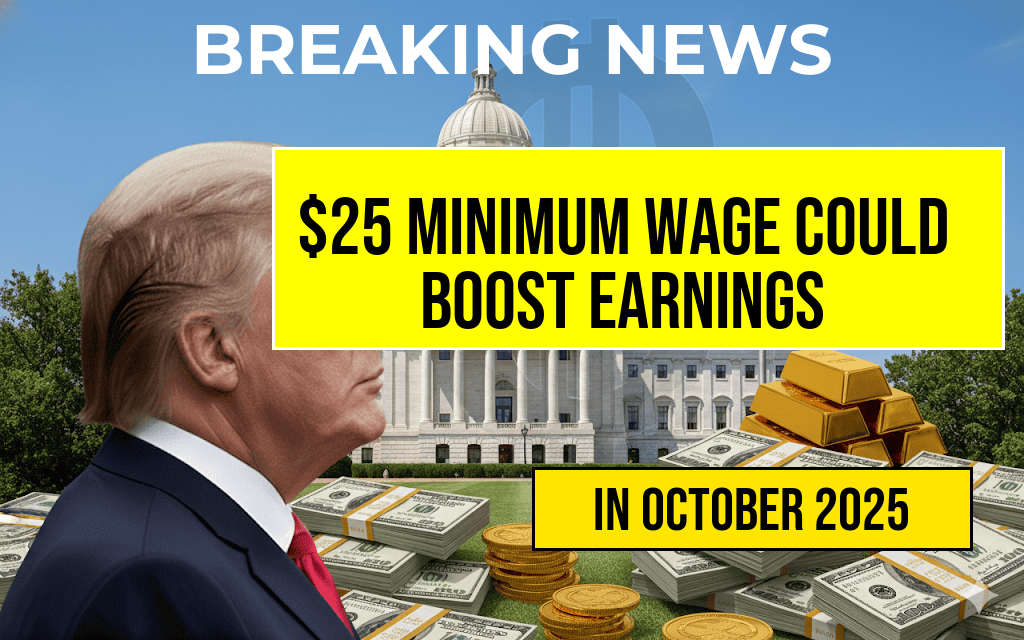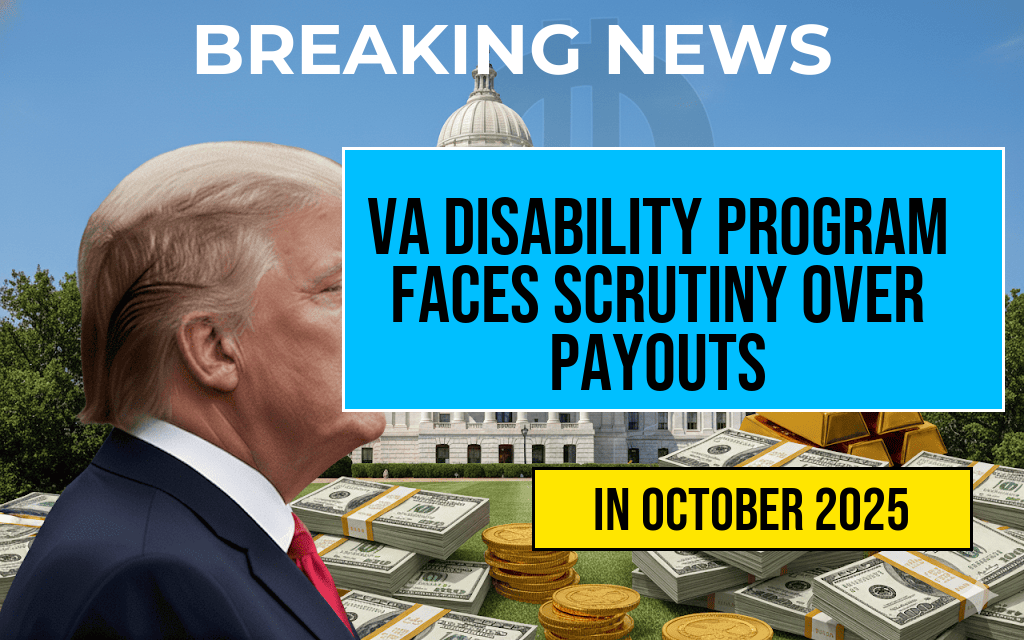The recent government shutdown has left a significant mark on the Washington, D.C. region, particularly affecting child-care availability and commuting expenses. As federal employees face furloughs and local businesses grapple with uncertainty, the ripple effects have begun to manifest in everyday life. Many families are left scrambling for child-care options, with slots disappearing as providers face financial instability. Simultaneously, commuters are experiencing a surge in costs associated with transportation, as public transit systems struggle to maintain funding and resources. These challenges are prompting discussions about the broader implications of a prolonged shutdown on local economies and family dynamics.
Child-Care Crisis Amid Shutdown
The child-care sector in the D.C. area has been hit hard by the government shutdown. With many federal employees unable to work, the demand for affordable child-care services has surged, while simultaneously, the number of available slots has plummeted. Providers, facing uncertainty in funding and operations, are forced to make difficult decisions.
Disappearing Slots
- Many child-care centers are reducing their capacity due to staffing shortages and decreased enrollment.
- Federal funding programs that support low-income families are on hold, leaving many without affordable options.
- Parents are reporting longer waitlists and increased competition for available spots.
As a result, families are left in precarious situations, often having to choose between expensive private care or adjusting work schedules to accommodate child-care needs. The National Association of Child Care Resource & Referral Agencies (NACCRRA) has indicated that this crisis could worsen if the shutdown continues, further impacting working families in the region.
Rising Commuting Costs
Alongside child-care issues, commuters in the D.C. area are facing rising transportation costs as the shutdown stretches on. Public transit systems, heavily reliant on federal funding, are experiencing financial strain that could lead to service cuts or fare increases.
Impact on Public Transportation
- Metro services have warned of possible delays and reduced schedules due to budget constraints.
- Bus services are also at risk, with potential fare hikes to offset funding shortfalls.
- Many commuters are turning to ride-sharing services, which have seen a spike in demand, consequently raising prices.
For many residents, these increased commuting costs are compounding the financial pressures already felt from child-care expenses. The combination of higher transportation fees and the struggle to find affordable child care is creating a perfect storm for working families in the D.C. region.
Long-Term Implications
The long-term consequences of the shutdown could extend beyond immediate financial burdens. Experts warn that a prolonged government closure may lead to a talent exodus, as workers seek employment in more stable environments. This shift could deplete the local workforce, leading to further economic challenges in the D.C. area.
Economic Outlook
Local businesses are also feeling the strain. With fewer federal employees spending in local shops and restaurants, small business owners may find it increasingly difficult to stay afloat. According to the Greater Washington Board of Trade, the economic impact of the shutdown could reach billions of dollars if it persists.
| Sector | Estimated Loss (USD) |
|---|---|
| Child Care | $50 Million |
| Transportation | $100 Million |
| Retail | $200 Million |
| Total Estimated Loss | $350 Million |
Community Response
- Emergency child-care programs to assist working parents.
- Community forums to discuss transportation alternatives and resources.
- Advocacy for federal policies that prioritize funding for essential services during periods of government instability.
As the situation evolves, the need for effective solutions and support systems becomes increasingly critical. The implications of the government shutdown on child care and commuting in the D.C. region underscore the interconnectedness of local economies and the challenges faced by families in turbulent times.
For more information on the ongoing government shutdown and its effects, visit Forbes or check out the latest updates on Wikipedia.
Frequently Asked Questions
What is the impact of the government shutdown on child-care slots?
The government shutdown has led to a significant decrease in child-care slots available in the DC region, as many providers face funding uncertainties and reduced operational capacity.
How are commuting costs affected during the government shutdown?
During the government shutdown, many workers face increased commuting costs due to limited transportation options and rising prices for public transit, adding financial strain to daily commutes.
Who is most affected by the loss of child-care slots?
Families relying on affordable child-care services are the most affected, particularly those with working parents who depend on these services to maintain employment during the shutdown.
What measures are being taken to address the surge in commuting costs?
Local authorities and transit agencies are exploring options to mitigate the impact of rising commuting costs, including potential subsidies or adjustments to public transportation schedules during the government shutdown.
How long is the government shutdown expected to last?
The duration of the government shutdown remains uncertain and will largely depend on political negotiations and resolutions in Congress, which can influence both child-care availability and commuting costs.








